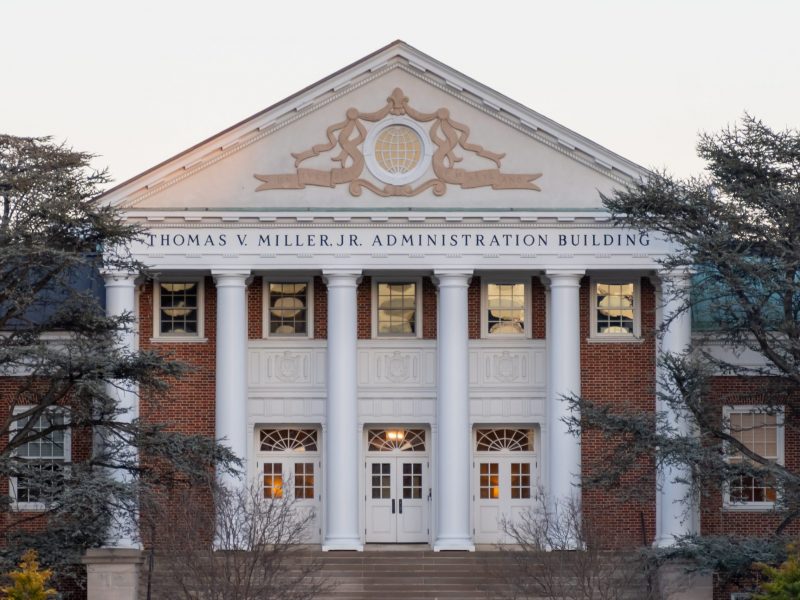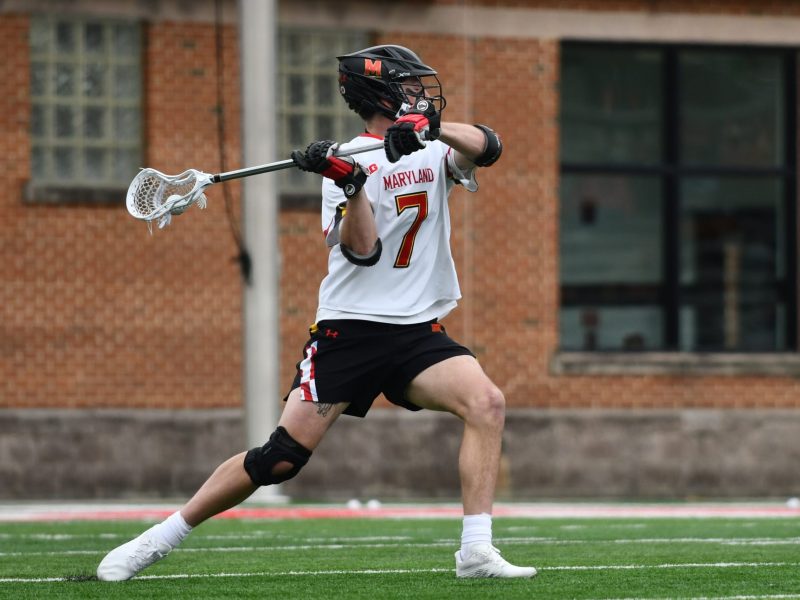When I proposed the idea of Terp Taxi to President Dan Mote at the annual SGA Safety Walk last fall, I envisioned a service that would supplement NITE Ride and the university bus routes to provide more convenient and safer transportation options for students. The implementation of my original idea has fallen drastically short of its intent. Terp Taxi, in reality, stands in need of much improvement.
For those of you who haven’t heard of it, Terp Taxi is provided by theDepartment of Transportation Services for a fee of $5 per passenger charged to the student’s university account. The Taxi will take you anywhere the bus routes normally go and places they don’t. In essence, next time when you call 4-NITE at 4 a.m. and they tell you have to wait 20 minutes and change buses twice despite the cold, unsafe and perhaps even wet waiting locale, you can request a Taxi.
Many of you may be thinking “This sounds great! I don’t have to wait for a long time in the rain anymore or drunkenly try to figure out which color bus I need to switch to.” And in theory, the idea is a good one. However, the implementation of Terp Taxi has a lot of problems.
The two biggest problems with the service are the way students are charged for it and the confusion regarding its uniqueness from NITE Ride. This service is different from NITE Ride and should not take effort away from improving it. Terp Taxi was intended to be a supplement to, not a replacement for, existing services. DOTS should make an active effort to integrate NITE Ride more prominently into the transportation program. Too often, students are told they are not eligible to use the NITE Ride service due to their location, but the pickup points are very inconsistent. This leaves students unsure of the way they can get back to their buildings at night. This uncertainty with how students get home leads to extremely unsafe situations no one wants. DOTS must do a better job to make students aware of what areas they will and will not pick up from on their website so students will have a better idea of the how the service works.
There is, of course, another catch. The price of Terp Taxi is perhaps the most student-unfriendly part of the service. Although $5 seems reasonable enough at first glance, that price is per person, not per ride. That means each person who gets on a taxi, even if going to the same place as others in the cab, must pay $5.
For example, for a group of four to go to the Metro, it would cost $20 through Terp Taxi. A regular taxi may cost $10 with tip. The Terp Taxi program is charging double what a regular taxi would, even though the program is subsidized by our student fees. Considering the 10 minutes it takes to reach our destination and the negligible gas costs, this is an unreasonable amount to charge students. It is understandable to charge additionally for multiple destinations, but not for multiple people. This service is subsidized by the $123 a year students pay for transportation services. If it does not cost DOTS more, it certainly shouldn’t cost students more.
The bottom line is that Terp Taxi should be focused on helping students travel more safely and efficiently rather than simply replacing a service that isn’t functioning properly at the moment. It should supplement NITE Ride, not replace it. It should charge per ride, not per person. It should be better and more clearly advertised. I am very happy that the administration took student advice to address the need for this type of service and I hope that they will continue to consult students in the implementation of this and other programs.
Andrew Friedson is running for SGA president with the First Party. He can be reached at friedson.andrew@gmail.com.


